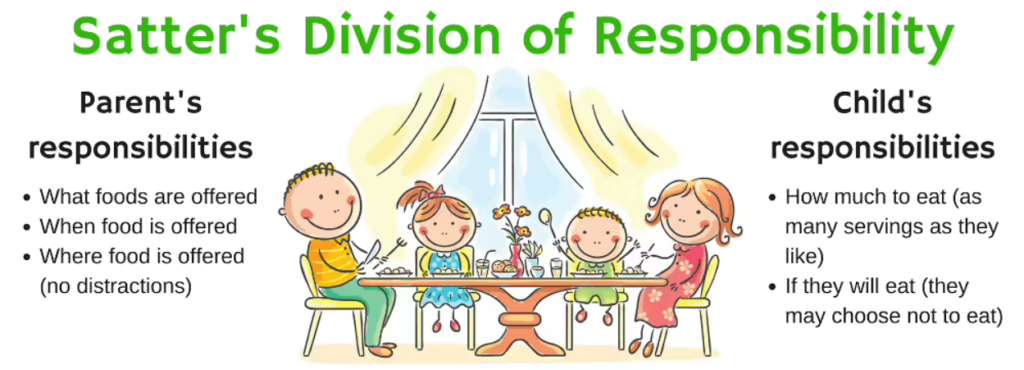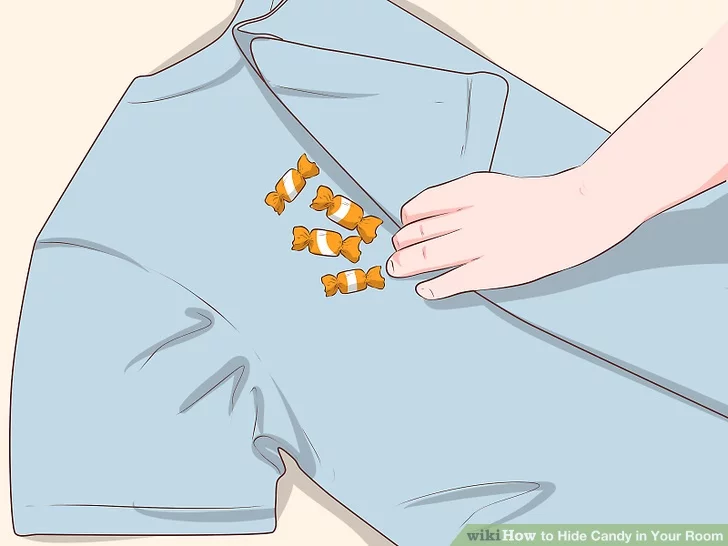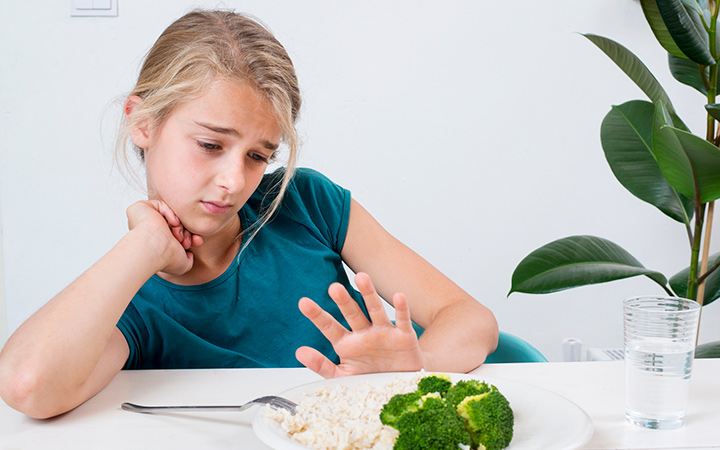Part 2 – Behavior
In Part 1 of this series, [1] I described my knee-jerk responses to some of the ideas presented in Virginia Sole-Smith’s book Fat Talk: Parenting in the Age of Diet Culture, [2] specifically the decoupling of weight and health. It’s worth adding some disclaimers to this post before I continue – notably that I am neither a nutritionist nor a parent. The reason I wanted to dive into this subject was in part my lack of expertise in those areas and in part the intense negative reactions I had when reading this book. In short: my anti-fat bias was showing, and I wanted to unpack it.
How We Approach Food
I definitely have biases and judgments, not just when it comes to weight (as discussed last week), but also when it comes to eating habits. (For the record: I am writing this post while eating a slice of chocolate cake.) I judge people who aren’t adventurous eaters like I am, who prefer bland food, who prefer junk food, and who overeat. I also recognize that much of that mindset is based on the food I had available when I was growing up and behaviors we had at the dinner table.
Many times I’ve had the opportunity to observe meals at friends’ homes and see how they handle feeding their kids. Whether the environment is pleasant or strained, more often than not, the experience reinforces my decision not to have children. I believe that, given some of the biases mentioned above, I would be particularly hard on a child of my own in the eating department (and on myself in the feeding department), so I’m glad to know that I won’t be instigating any generational trauma.

Image credit: [3]
To be clear, I absolutely salute and admire my friends who are parents: you are all amazing, and I don’t know how you do it. I also continue to be in awe of my own mother, who, despite working full-time and raising a child, always had a well-balanced, nutritious, homemade meal – plus dessert – on the table for us every night. I can’t manage to do that, and I’m only responsible for feeding myself, here. (Full disclosure: the aforementioned chocolate cake is my breakfast.)
Control Over Intake
Although not my experience growing up, mealtimes (and snack times) can be fraught and full of expectations around what or how much kids should be eating, and in what order. Negotiations over trying, finishing, or eating a specific number of bites of a given food can lead to tears, if not long-standing negative associations with certain foods or family members. And while I felt appalled by some of the laissez-faire practices Sole-Smith described in her own home with respect to lack of restrictions on types and quantities of unhealthy food, I completely understand the concept that forcing kids to eat healthy food can create negative associations that don’t do them any good either.
Examples in the book and anecdotes from our own experiences we shared at book club included parents (our own or our friends’) making food unavailable between meal times so kids would be hungry once they got to the table, and parents hiding (or locking up) the candy supply, which was only to be accessed with parental supervision. In these situations, the intention sometimes backfired, resulting in kids sneaking food or snacks between meals, which would be followed by even stricter guidelines imposed by parents, resulting in a vicious circle and increasing the potential for eating disorders. While I do think kids need some guidance in learning how to balance their food intake and shouldn’t be given complete free rein, this line of thought led to a very concerning realization for me.

Image credit: [4]
The book references at least one case of an eating disorder that surfaced after an instance of sexual assault. No one in book club was the least bit surprised by the situation described, in which the survivor needed to feel some sense of control over her body and what went into it. That itself was not a new concept for me – what was was how dinner table dynamics play a role in bodily autonomy. When a child is uncomfortable and doesn’t want to eat any more, but a parent insists on Clean Plate Club standards, the parent is essentially saying “I know better than you do what’s right for your body.” And in a time when we are actively trying to teach kids (but especially young girls) that it’s OK to communicate their boundaries, it was shocking to think that battles over broccoli could actively erode their ability to trust their own bodies and voices.
Teaching Responsibility
It’s probably safe to say that imposing restrictions and expecting that they be followed without question is not the most effective way to develop long-term, healthy or responsible behaviors in most cases. (Ask any freshman who shows up to college without ever having tried alcohol.) Working from a place of wanting to teach kids what works for them and how to vocalize those needs, there are some suggested approaches in the book, including something called Division of Responsibilities, or DOR. The idea in a nutshell is that parents are responsible for the “what, when, and where” of the meal; children are responsible for “how much and whether” they eat. [5]
I don’t recall many (or any) struggles over what I was or wasn’t supposed to eat when I was a kid, aside from one oft-repeated anecdote in which, when I was a baby, my mom had to hide meat in my spinach to get me to eat it. (I was clearly destined for vegetarianism.) In my family, we certainly all made comments now and then about having eaten too much of a delicious meal, but I also don’t recall much judgment about the quantities I consumed. I occasionally ate less when I was dieting; I very occasionally made myself throw up if I ate too much. While I certainly felt societal pressures to be thin, very little of it came from my parents, and I feel like I now have a not-unhealthy relationship with food as a result.

Image credit: [6]
When I asked my mom whether her dinnertime approach with me was an intentional application of a specific system (such as DOR), she said no and explained that it was very much the way she had been raised. Her father, a pediatrician, used to encourage parents to remember that their babies knew what they needed with respect to type and quantity of food, a point reinforced by the principles of DOR. My mom put together well-balanced, nutritious meals every night so we could all sit down together as a family, but I recognize that both time together and access to healthy food are themselves indicators of privilege. On the bright side, Sole-Smith’s interviews with dieticians have pointed to the concept that good nutrition is based on trends, rather than an opportunity for parental pass/fail at every meal.
I think it’s clear that Sole-Smith is coming from a place of not wanting to sow the seeds of eating disorders in kids’ heads, describing her own practices at home that sounded more like actively encouraging her kids to eat sugary snacks whenever they wanted to (which made me balk when I heard it). But it’s also painfully clear that every family situation is different, as are every child’s responses to external stimuli, indicating that there isn’t necessarily a “right” approach, which I’m sure is a scary concept for parents who just want what’s best for their kids.
It’s difficult enough to pick apart the various reasons behind why someone may want to lose weight, but the issue is probably made more complex because weight loss seems so easy for some and so difficult for others. Next week we’ll wrap up this series with a look at some external factors related to weight and why it is not necessarily a matter of will power (or indicative of worth as a human).
~
Please feel free to share your own thoughts and experiences below, especially when it comes to what has worked (or not) with family dinners.
Thanks for reading!
[1] https://radicalmoderate.online/fat-talk-part-1/
[2] https://www.goodreads.com/en/book/show/61144950
[3] https://www.soscuisine.com/blog/5-ways-help-picky-eaters/
[4] https://www.wikihow.com/Hide-Candy-in-Your-Room
[5] https://www.ellynsatterinstitute.org/how-to-feed/the-division-of-responsibility-in-feeding/
[6] https://www.northshore.org/healthy-you/picky-eater-or-eating-disorder/
0 Comments